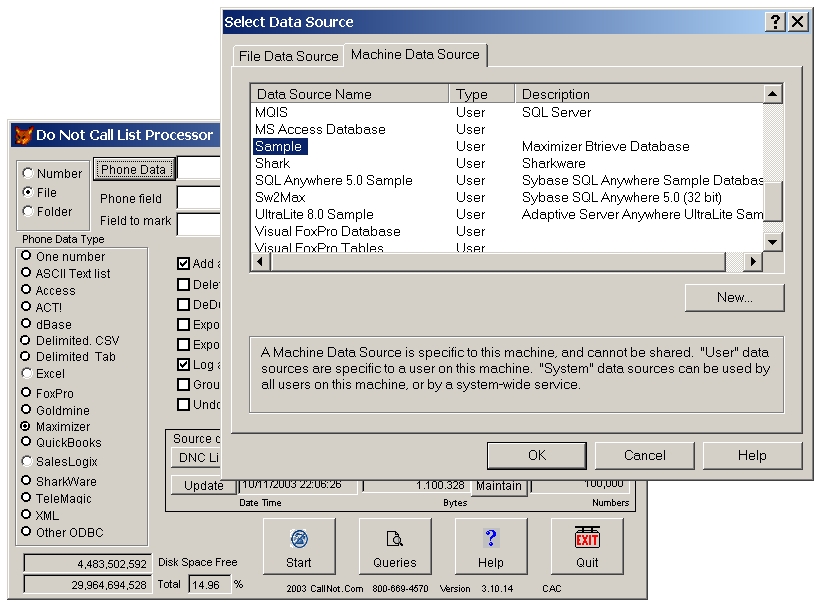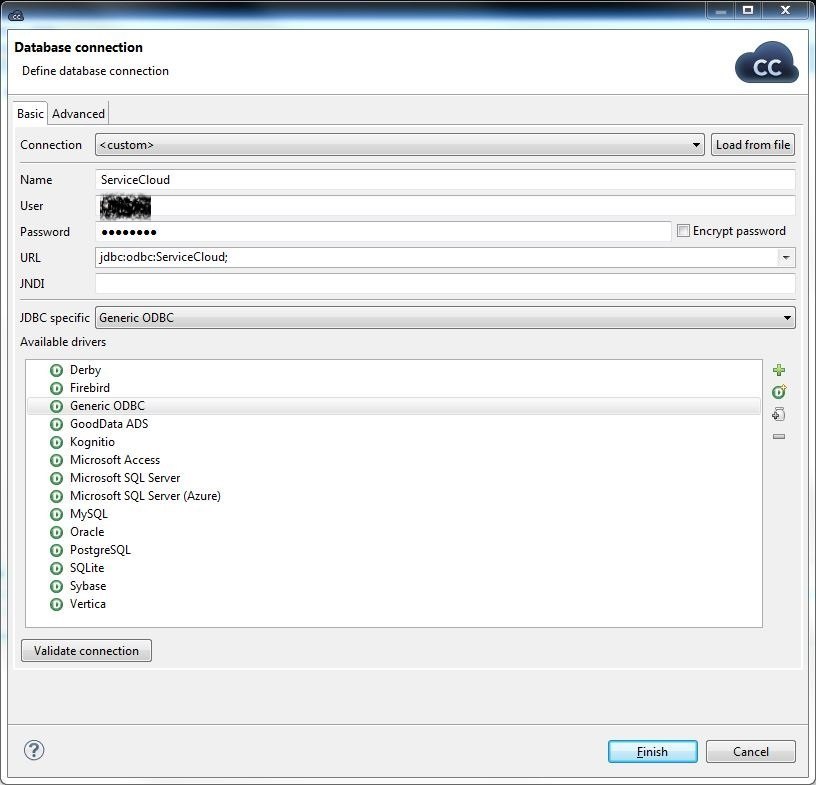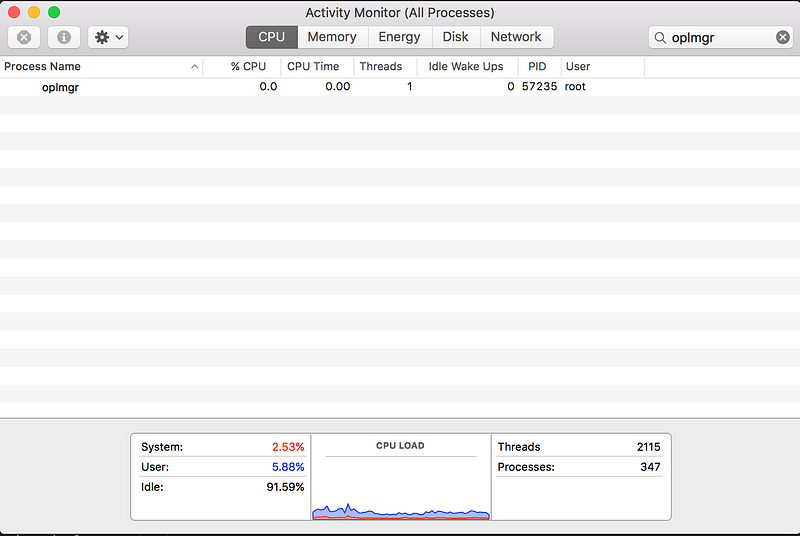

Select Refresh again until you have fixed each failed linked table and the Status column displays " Success". To fix the problem, Relink the data source or linked table.

The most common reasons for a failed status include: new credentials, or a change to the table name. Success The linked tables have been successfully refreshed.įailed One or more of the linked tables has a problem. Make sure the Status column is visible (you may have to scroll sideways), and then check it to see the results: If there is a problem with the data source location, enter the correct location if you are prompted or Edit the data source. Expand (+) entries in the Data Source to select individual linked tables. Selecting a data source selects all of its linked tables. In the Linked Table Manager dialog box, select a data source or individual linked tables.

You can also hover over the linked table name to see connection string and other information. Tip To refresh a specific linked table from the navigation pane, right-click it, and then select Refresh Link. Select External Data > Linked Table Manager. Refresh a data source and its linked tables to ensure that the data source is accessible and the linked tables are working properly. Top of Page Refresh a data source and its linked tables Repeat steps 1 to 3 until all problems are fixed. Access automatically refreshes the status to indicate success or failure. Relink individual tables that have a Failed status. If there is a problem with the data source, enter the correct location when prompted or edit the data source to fix problems. Refresh the data source to ensure successful links and to identify problems. There are several approaches to using the Linked Table Manager, but we recommend the following sequence of steps as a best practice: Refresh a data source and its linked tables Maintain each data source and its linked tables with the Linked Table Manager In Access 2016 and later, the dialog box is much simpler, but you can export information to Excel. In Microsoft 365, you can use this dialog box to refresh, relink, add, edit, search, and delete linked tables, but you cannot export information to Excel. Note Depending on the version of Access you have, the Linked Table Manager dialog box works differently. If your solution requirements have changed, you can also add or delete linked tables. For example, you are switching from a test to a production environment, so you need to change the data source location. From time-to-time, you may need to refresh, relink, find, edit, or delete linked tables because of changes to the data source location, table name, or table schema. The Linked Table Manager is a central location for viewing and managing all data sources and linked tables in an Access database. Linking to external data sources and creating solutions based on different sets of data is a strength of Office Access. Also, only uppercase characters are supported.Access for Microsoft 365 Access 2021 More.
#Odbc manager locatio driver#
NOTE: The iFIX ODBC driver truncates the A_EGUDESC field to 4 characters, even though you are allowed to type in up to 33. Refer to the Running iFIX ODBC as a Service section for more information on running iFIX ODBC as a service. To run iFIX ODBC as a service under Windows, you must have an ODBC driver built with ODBC 2.5 or later. IFIX ODBC only supports 32-bit ODBC drivers. If the ODBC icon does not appear in the Control Panel, the driver setup program may have installed it in a separate group. Depending on the driver and the installed ODBC components, the icon may have the 32 insignia. If given the option of installing the Driver Manager and Administrator with version checking, do so.Īfter the driver is installed, an ODBC Administration icon should appear in the Control Panel.
#Odbc manager locatio install#
To install an ODBC driver, run the Setup program from the CD-ROM or the diskette. The ODBC Administrator, ODBCAD32.EXE, which is used to add, delete, and configure data sources.This is the case with Intersolv's ODBC Data Direct pack and Microsoft Desktop Driver pack. There may be more than one driver included in the set.
#Odbc manager locatio drivers#
ODBC drivers are almost always shipped with the following components:


 0 kommentar(er)
0 kommentar(er)
